The "Way-it-should-be-ness" of the Eames Radio
An Interview with Eames Demetrios
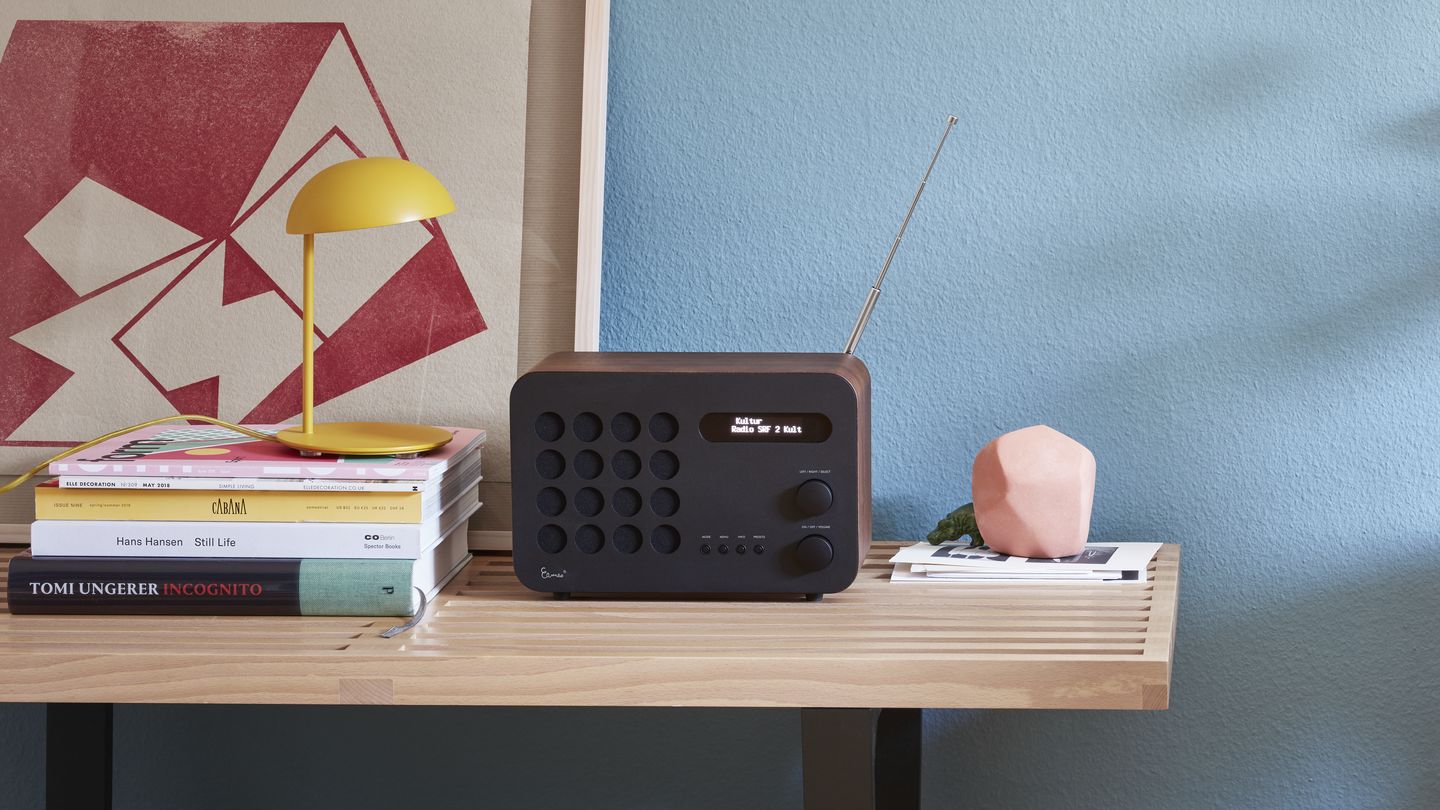
Did you know? By 1952, Charles & Ray Eames had fabricated roughly 200,000 radio cases for a range of different companies. However, one model – their personal favorite – never went into production and more than 70 years after it was first designed, Vitra joined the Eames Office to revive the unproduced and unreleased Eames Radio from 1946. designboom met Eames Demetrios, grandson of Charles and Ray and director of the Eames Office, for an interview.
What made the design of this radio such a favorite for Charles & Ray Eames?
I think it has to do with the moment in time. Even before the US entered World War II, the Eames experimented with wood veneer, becoming experts in producing furniture and objects with the technique by war’s end. The late 40s were very transitional - even companies that planned eventually to make plastic radios didn’t have access to sufficient raw materials. The Eames office offered a mature technology. And, thanks to this expertise, other companies asked them to manufacture radio enclosures. So when I speak of a moment in time, I mean this was the last time Charles & Ray Eames produced something they did not design. That was an important step forward (and, though they were grateful for the experience, I have to believe it was a satisfying feeling!).
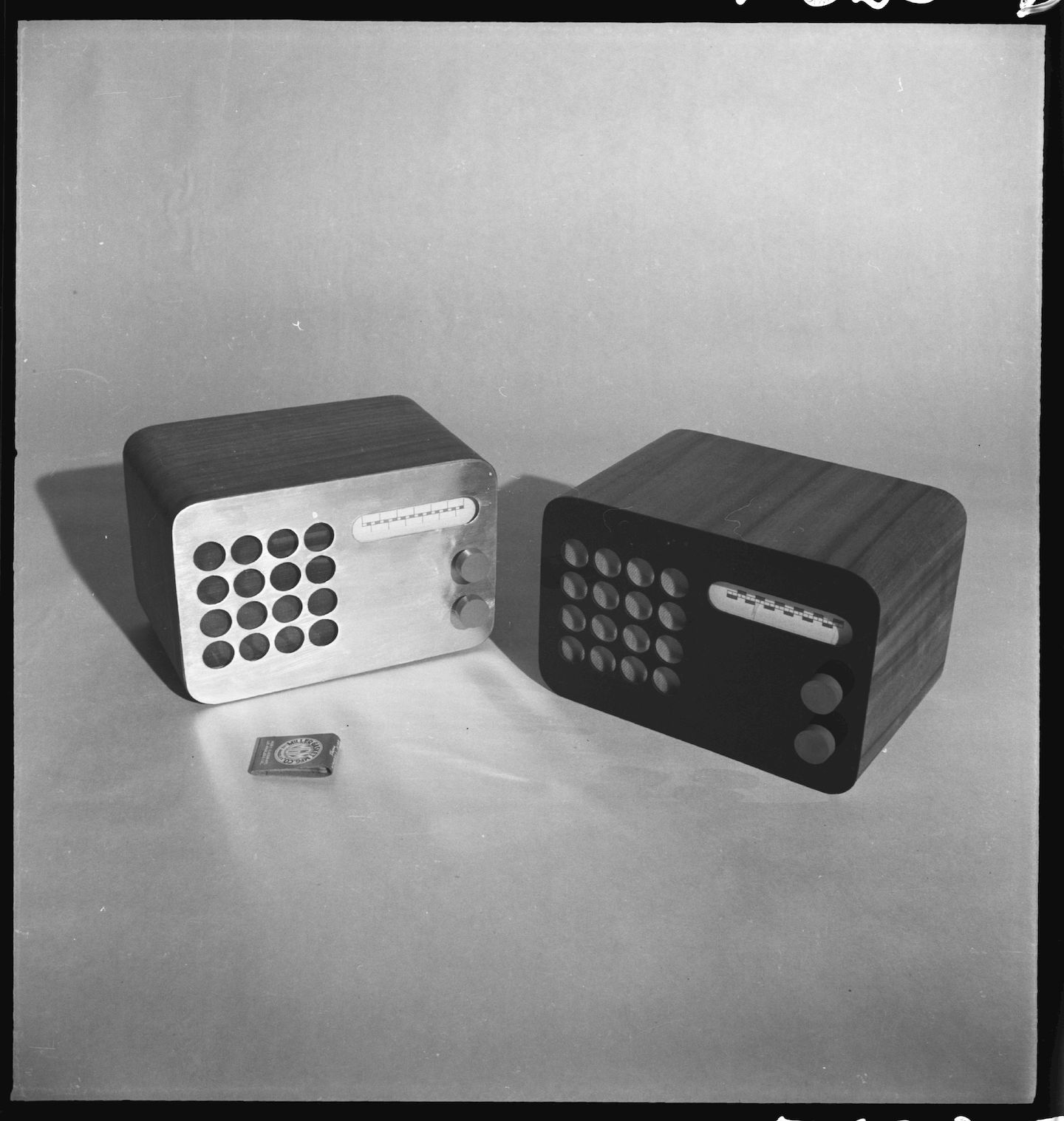
Indeed, soon after, they began partnerships with Herman Miller and Vitra, where they could develop production techniques and then collaborate on further improvement as production went on - a process that never really ended. And it is a role the Eames office relishes to this day. I have no doubt Charles & Ray improved enclosure designs they were given in order to optimize the technique, a process that showed them there were much better and technology-appropriate radios to be made with this same technique. And so, naturally, they designed such things (including what we have done now) and published them to get the ideas out into the world!
Beyond that, I hope the Eames Radio becomes a way into the Eames work for some who have not yet encountered it. A personal mission of mine has been to help people see the breadth of the Eames work - and also see that this wholistic vision of design that the Eames lived by could express itself in so many ways. The reason that it is important is that we seem as a species these days to put ourselves in silos, fighting connection, and the Eames offer this tangible proof that there is a another way - as long as we are willing to give of ourselves.
What are your favorite elements of the design?
Actually, it is not so easily or readily deconstructed. For me it is a nice example of what Charles & Ray called ‘way-it-should-be-ness.’ It’s the idea that if something is really well designed, then the idea of it having been designed won’t come up at all. In that way, the radio has the honest grace of the LTR. And, even though it is not part of the design per se, the interesting historical moment it represents is quite important.Limited to just 999 models, do you hope that the Eames Radio will inspire further re-editions and interest in your grandparent’s work, or simply showcase how their belief in progress is still alive today?
Mostly, I hope it makes people happy – whatever happiness means to them. I do hope it serves a purpose in their lives (as Charles said, ‘who would say that pleasure isn’t useful?’) and, yes, I do hope it is successful enough that other versions become possible to release.Beyond that, I hope the Eames Radio becomes a way into the Eames work for some who have not yet encountered it. A personal mission of mine has been to help people see the breadth of the Eames work - and also see that this wholistic vision of design that the Eames lived by could express itself in so many ways. The reason that it is important is that we seem as a species these days to put ourselves in silos, fighting connection, and the Eames offer this tangible proof that there is a another way - as long as we are willing to give of ourselves.
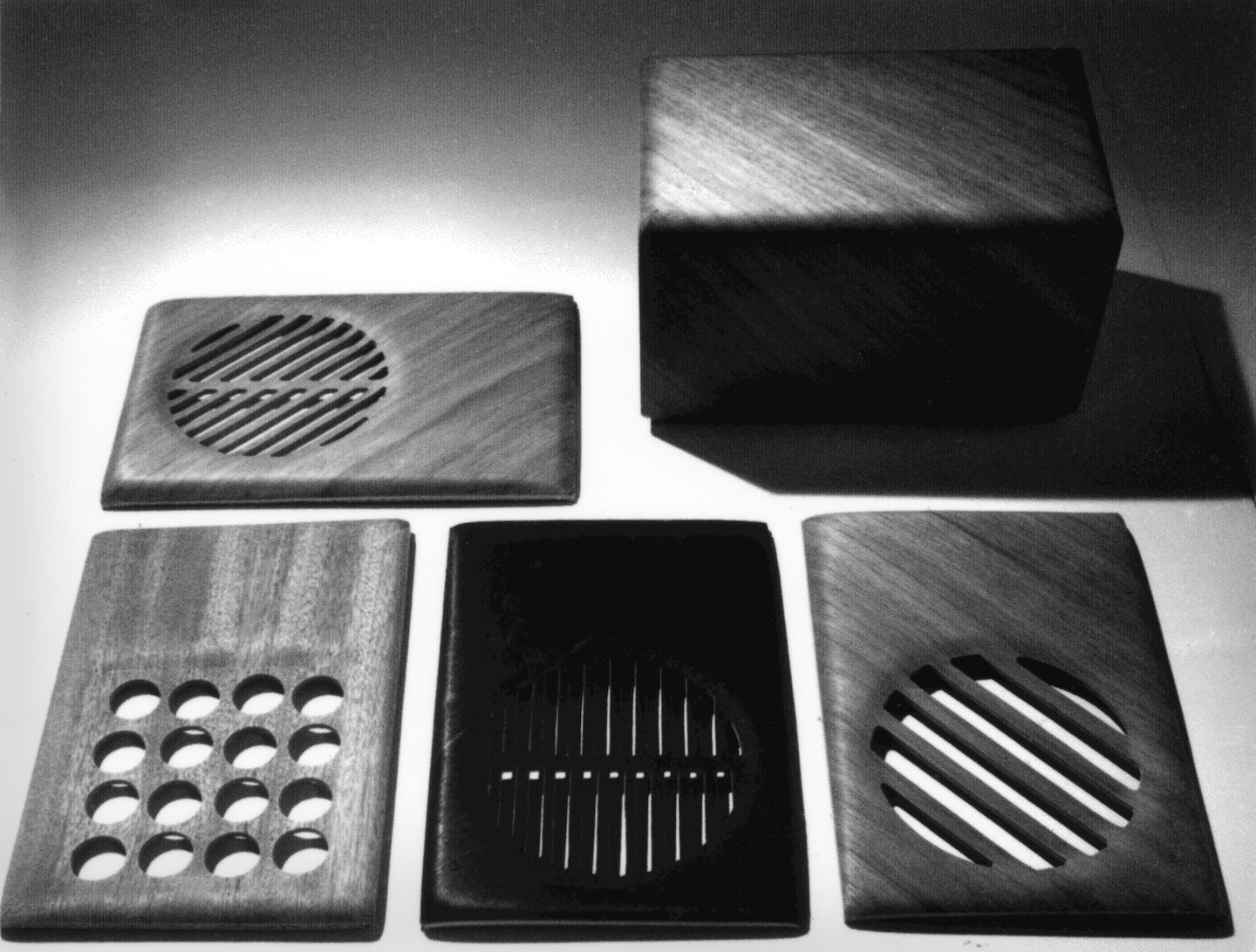
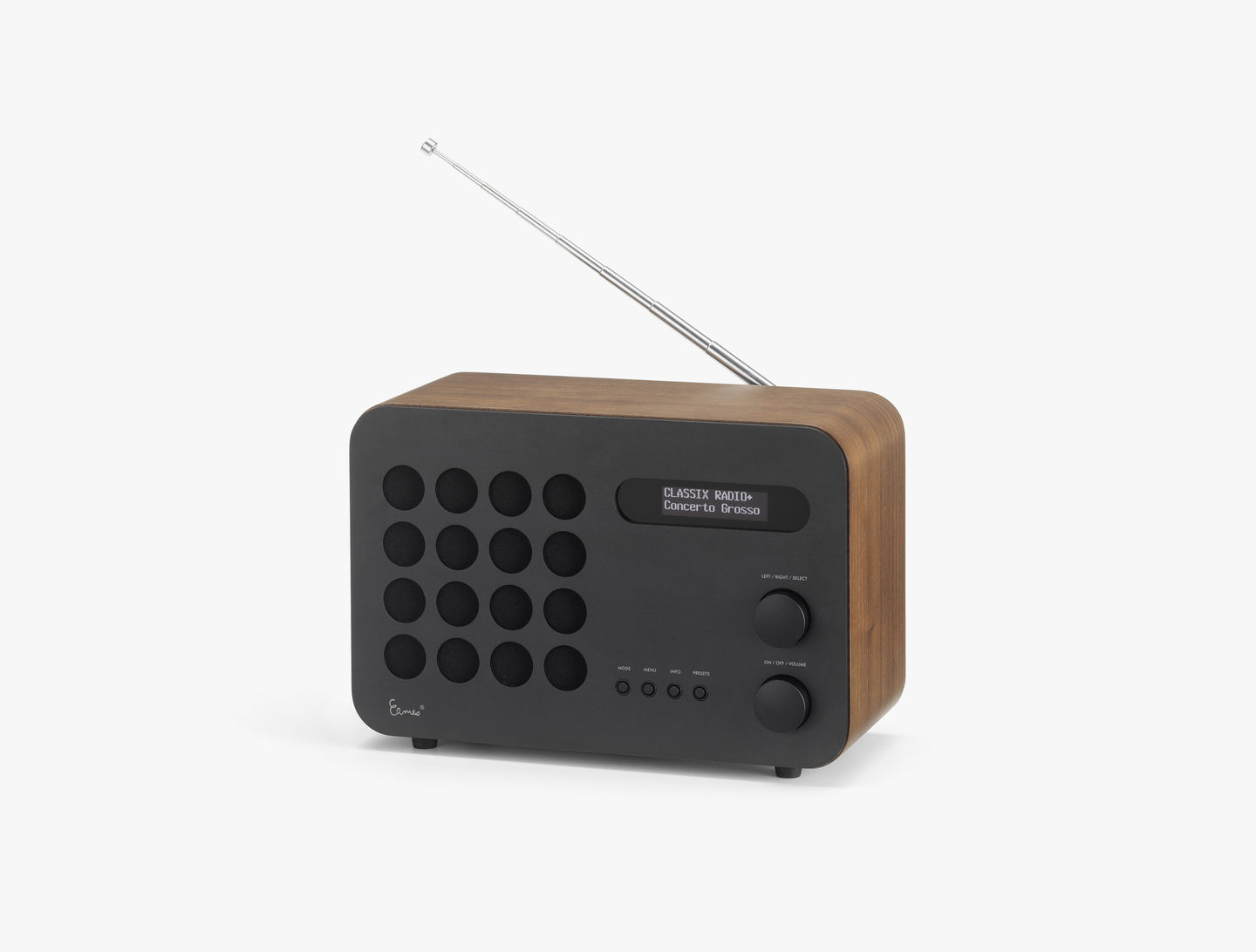
In your position as director of the Eames Office: What are the challenges in ensuring continuations, updates and re-editions are still authentic Eames designs?
The first thing I would say is that Charles & Ray asked the family to take on this role. What role? The role of ensuring that the Eames name and the Eames logo signify authentic originals made as the Eames intended. One big challenge is that most people, even designers, bring a fine art idea of authenticity to design. Meaning: when you see Rembrandt’s The Night Watch at the Rijksmuseum in Amsterdam, that is the only place you can see it. And when you stand in front of it, in relationship to the canvas, you are standing exactly where Rembrandt himself stood. And it is fantastic, but that notion of the one unique object fighting its way through history is in many ways the opposite of design authenticity.Multiplicity is inherent in design. Obviously there are exceptions - landscape designs are usually unique, buildings too. And many designers even design one of a kind objects. But design as Charles & Ray practiced it was not about fetishizing one product, it was about creating a system that would give people the same guest - host experience again and again.
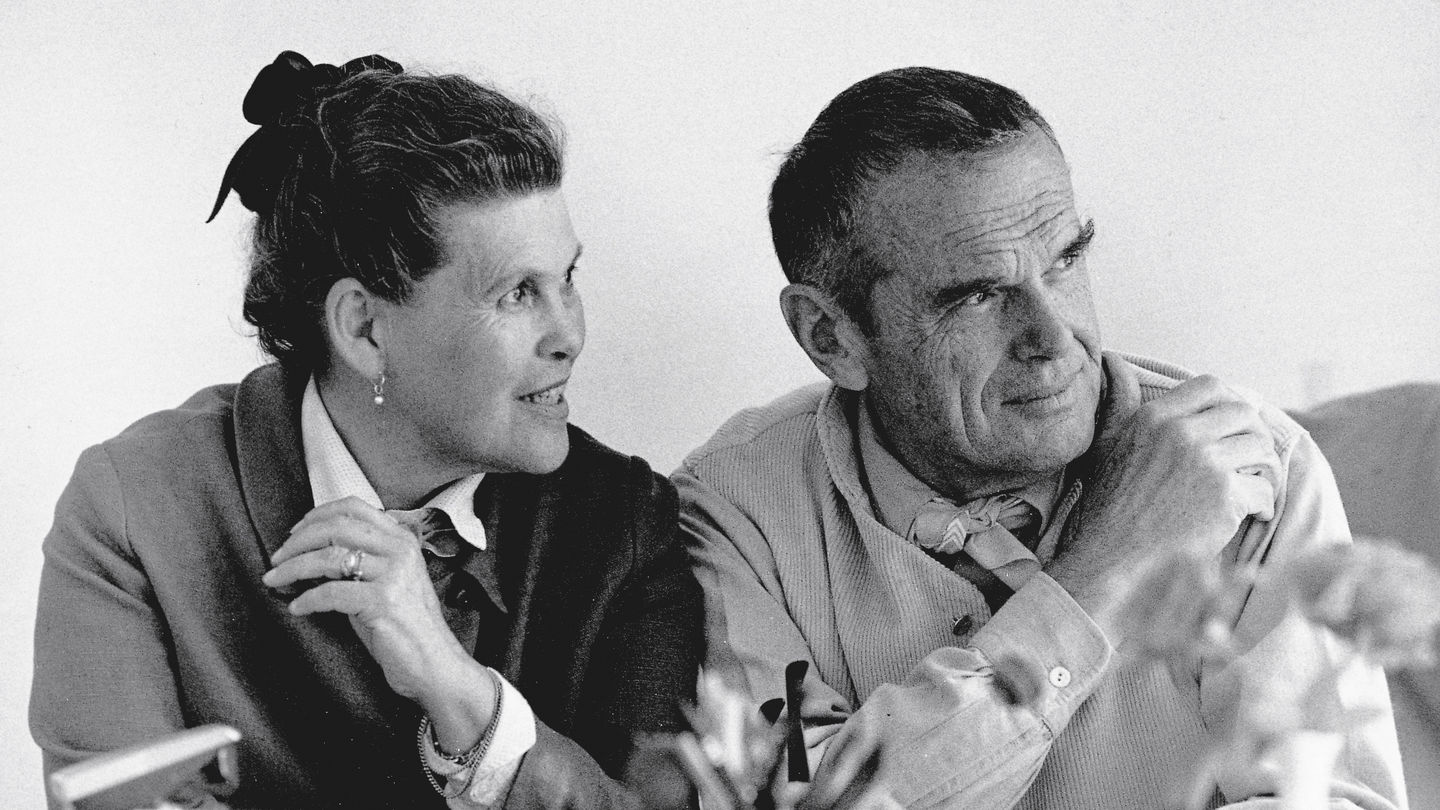
In addition, Charles & Ray were always trying to improve their designs and products and we continue that. Now we are actually quite conservative. Where we offer improvement is not so often in form, but in materials. More eco-friendly glues and practices. Responding to changes in standards. People often say to me, ‘Well, we don’t know what Charles & Ray would have done’ — actually we do. They did it. They asked the family to make these choices and empowered us fully to do so.
Design is a matter of surrendering to the journey — and the journey continues as long as the pieces are relevant.
Design is a matter of surrendering to the journey — and the journey continues as long as the pieces are relevant.
Eames Demetrios is the director of the Eames office, which communicates, preserves and extends the work of Charles & Ray Eames.
Publication Date: 6.12.2018
Author: Tim Spears. A longer version of the interview was first published on designboom.com on 18 September 2018
Images: Lorenz Cugini, © Eames Office, LLC, Marc Eggimann, Monique Jacot


